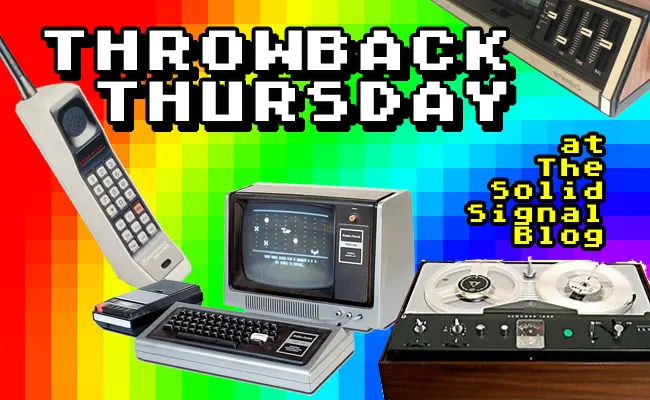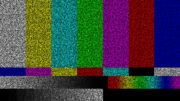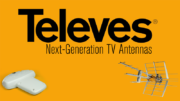You know I had to revisit this story when I wrote back in November, 2017…
I’m saying that this is a step, but just as I’ve been saying for the last five years, it doesn’t mean that you’re going to get this massive amount of 4K next week. Ask me again in five more years and I’ll probably still have the same answer.
Specifically, it was November 17, 2017 when I wrote those words, along with a long article entitled, “FCC makes a move toward ATSC 3.0.” It’s a long article, so I’ll recap it here. The FCC made a rule change that allowed broadcasters to start test broadcasts of the next-generation TV broadcast standard known as ATSC 3.0. This rule change was a break from longtime tradition which said that all TVs currently sold must be able to receive all full-time broadcasts. It was a move fraught with political turmoil. At the time, the FCC chair was being investigated for improper competitive practices, and the company that stood to benefit most was the company he was being investigated for.
Funny thing but…
It ended up not being a big deal for two reasons. Sinclair Broadcast Group, the company in question, ended up not buying its competitor Tribune. SBG is still a huge force in the broadcast world but they’re not as big as they would have been. And, for several reasons, ATSC 3.0 still hasn’t been fully adopted. In fact, we’re really in about the same place we were five years ago. What do I mean?
Most markets have an ATSC 3.0 station now, but there’s still no 4K.
The big promise of ATSC 3.0 was supposed to be 4K over-the-air broadcasting. Because the technology is still in a test phase, ATSC 3.0 broadcasts must be identical to their ATSC 1.0 versions. Broadcasters have taken this to mean that they must not have 4K on their new broadcasts. So, except for the true hobbyist, there’s no reason for people to move to the new tech yet.
There aren’t really any ATSC 3.0 TVs or cheap converter boxes.
An industry group wants to change that statistic, but it’s true for today. The FCC says only about 10% of TVs sold this year will support the new standard. Not only that, the cheapest converter box systems are in the $200 range, which is too high for most folks especially when TVs themselves are selling for $400 for a very serviceable one.
The politics have changed, and also they haven’t changed
Since 2017, the names have changed, and the political party of the commissioner has changed. But the gridlock continues. The FCC is supposed to be made up of five commissioners, but right now there are only four. The fifth one, nominated over a year ago, still hasn’t been confirmed. That means that the FCC is effectively hobbled and limited to only those moves which have practically no controversy.
The current FCC chair, Jessica Rosenworcel, is far less likely to take big controversial swings than her predecessor, and without that fifth commissioner they would have trouble doing so anyway.
There’s still no timeframe
Back in 2017, a potential date of 2025 was floated for full ATSC 3.0 switchover. Obviously that date is totally off the table now. The FCC’s 2017 order expires next July and perhaps at that point there will be a new timeframe. Given all that needs to happen between now and then, it seems like 2028 or later would be discussed.
Will this actually ever happen, and will people actually care?
I think that’s a very valid question right now. I still believe in over-the-air broadcast TV. But folks, it’s not 1972. There are other alternatives. I think this switchover doesn’t need to happen in order to serve the public. It also doesn’t need to happen in order to appease large broadcast groups. Remember, the whole point of ATSC 3.0 was not to give people 4K, it was to give broadcasters the ability to serve personalized ads.
With the rise of ad-supported streaming, there’s already a path to 4K and personalized ads. Instead of 4K over-the-air, just advertise that your content is available through an app. It can be localized so you only get your local stations. This app could serve personalized ads all day and night.
At the same time, the FCC could move to allow pay-TV companies to accept a 4K feed instead of the broadcast feed for local channels. I tend to think this would be easier than getting a whole new broadcast scheme approved. Changing to ATSC 3.0 would definitely require congressional approval. I am not a lawyer but I don’t think a rule change allowing pay-TV companies to get 4K streams would need Congress to step in.
Will I be writing another article like this in another five years?
Probably. Let’s be honest here. Things take a long time to change in Washington and this probably isn’t the most important thing on the FCC’s plate.





